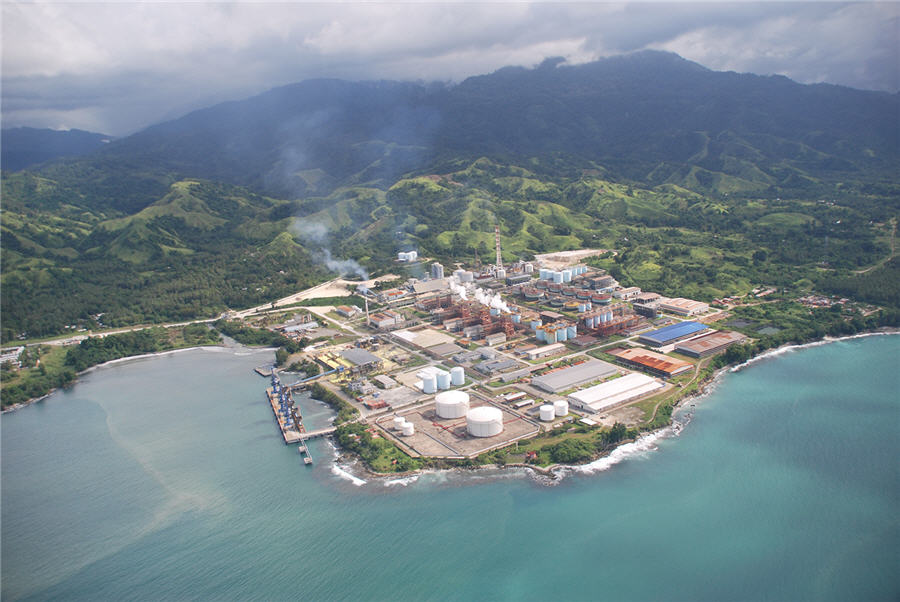China’s metals and mining investment overseas to hit record in 2023 – report

New research data shows that China’s metals and mining investments overseas are on track to hit record levels this year, as the country locks in its position as the dominant force in the critical minerals supply chain.
According to a report published by the Green Finance & Development Centre at Fudan University in Shanghai and reviewed by the Financial Times, Chinese investments and new contracts in the metals and mining sector topped $10 billion during the first half of 2023, a 131% growth year-on-year.
This figure is also more than the 2022 full-year total, and at the current pace of investment, it could well eclipse the previous record of $17 billion set in 2018, the report finds.

The university’s report is designed to explore China’s investment in the Belt and Road Initiative (BRI). The BRI represents an extensive infrastructure project launched the Chinese government in 2013 that seeks to connect China with Europe, Asia and the rest of the world.
It reflects President Xi Jin Ping’s strategy of fortifying China’s sphere of influence by offering countries an alternative to Western-led financing for infrastructure projects like roads, railways, bridges, ports and airports.
Mineral resources, especially those relevant to the energy transition, play a key part in this project. China is currently the world’s biggest producer of electric vehicles, batteries, solar panels and wind turbines.
Battery metals led by lithium are of particular interest to Chinese investors, the report finds. Huayao Cobalt and battery giant CATL were both key investors throughout the year so far. Uranium, steel, copper and iron have also seen large investments.
According to the Fudan University data, in the first half of 2023, investments as a share of BRI engagement reached a record 61%, marking the first six-month period when construction contracts accounted for less than half the value of new BRI financing.
“Major growth countries of Chinese engagement were Bolivia, Namibia, Eritrea, and Tanzania,” the report reads.
Additionally, 26 countries including Turkey, Poland and Kenya saw a 100% drop in BRI engagement.
“Overall, China’s BRI engagement seems to become more strategic, in regard to both economic and industrial aspects: more bankable projects relevant for China’s and the host countries’ industrial development,” said Christoph Nedopil, director of the centre at Fudan University.
In total, the BRI drew in 148 countries and surpassed $1 trillion (7.17 trillion yuan) in cumulative projects, the report calculates.
The report, which also tracks energy investment in China in the past six months, adds that the energy sector saw the majority of BRI investment. Around 41% of energy engagement went into solar and wind, plus an additional 14% into hydropower.
At the moment, China is on track to double its utility-scale solar and wind power capacity between now and the end of the decade, it says.
More News
{{ commodity.name }}
{{ post.title }}
{{ post.date }}



Comments